8 Plants People Keep Using That Don’t Belong in a Yard
Some plants are popular for all the wrong reasons. They might be easy to find at the garden center or look nice in photos, but that doesn’t mean they belong in your yard.
From invasive spreaders to high-maintenance troublemakers, certain plants create more problems than they’re worth. If you’ve been battling mess, pests, or constant upkeep, one of these might be to blame.
English Ivy
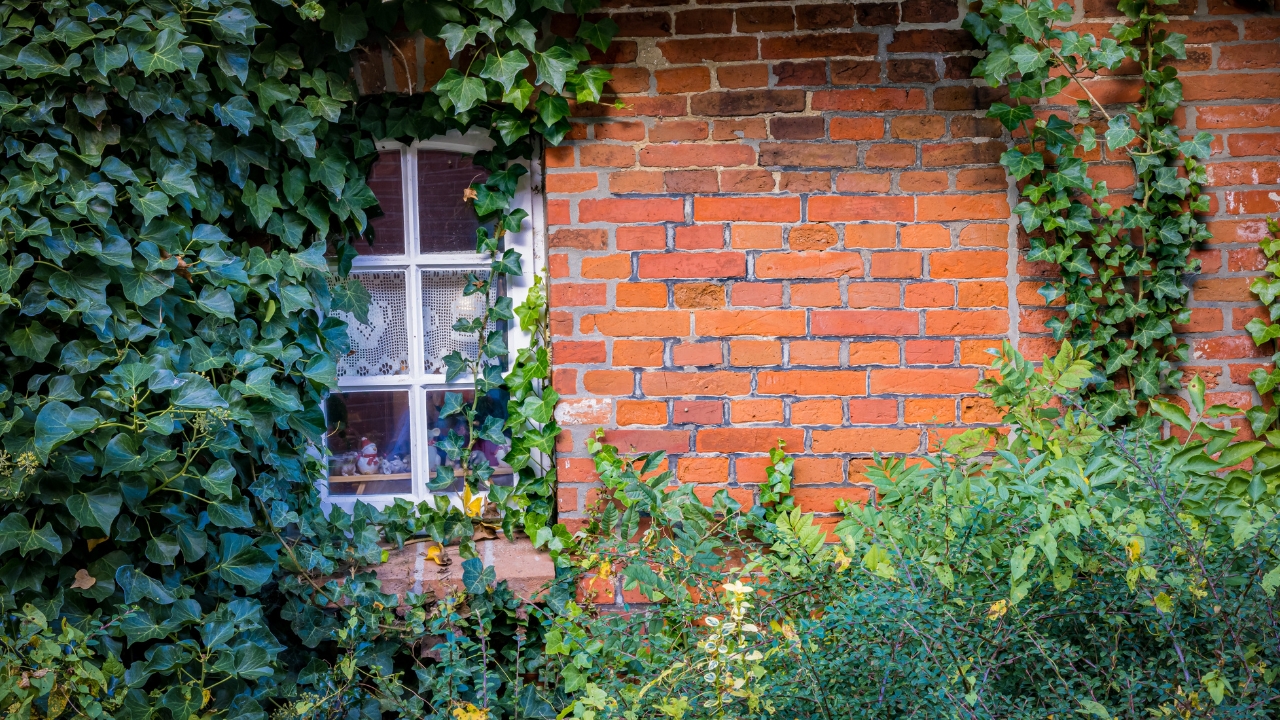
English ivy is fast-growing, but that’s exactly the problem. It quickly gets out of control, smothers trees, and tears up siding or fences. Once it takes root, it’s tough to get rid of. It also attracts rodents and insects, which is the last thing you want close to your house. There are better groundcovers that don’t turn into a full-time job.
Bradford Pear Trees
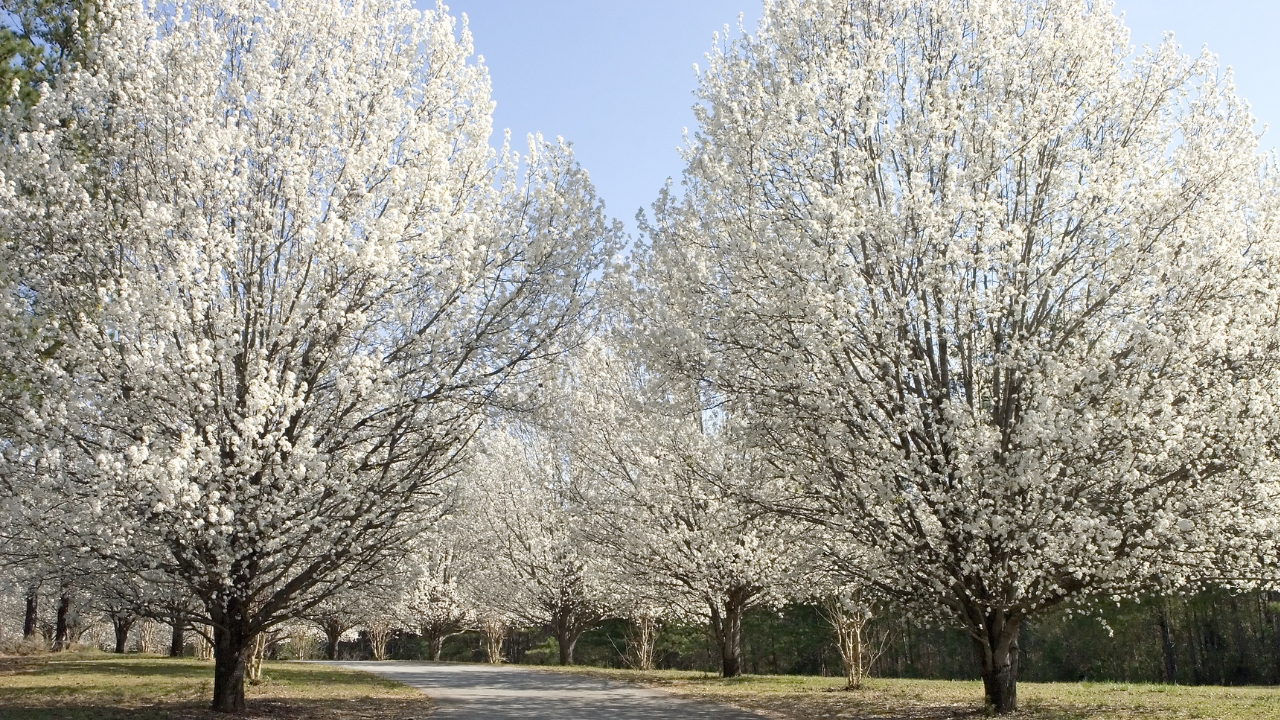
Bradford pears were once planted everywhere because they grow fast and bloom early—but they’re a landscaping nightmare. They split easily, especially in storms, and the smell of the flowers is downright foul. Even worse, they’ve become invasive in a lot of areas, spreading into wild spaces and crowding out native trees. If you’re planting new, skip these entirely.
Bamboo

Unless you’re planting a clumping, contained variety, bamboo should stay off your list. Running bamboo spreads aggressively underground and will push through fences, sidewalks, and into your neighbor’s yard. Getting rid of it is expensive and frustrating. What looks like a fun privacy screen can turn into a full-blown invasion fast.
Barberry

This thorny shrub was once popular for its deep red leaves, but it’s fallen out of favor for good reason. It spreads easily and displaces native plants. It also creates perfect cover for ticks, which can be a serious issue in some areas. A lot of states are starting to restrict or ban it, so it’s best to leave it off your property.
Mint (Planted in the Ground)
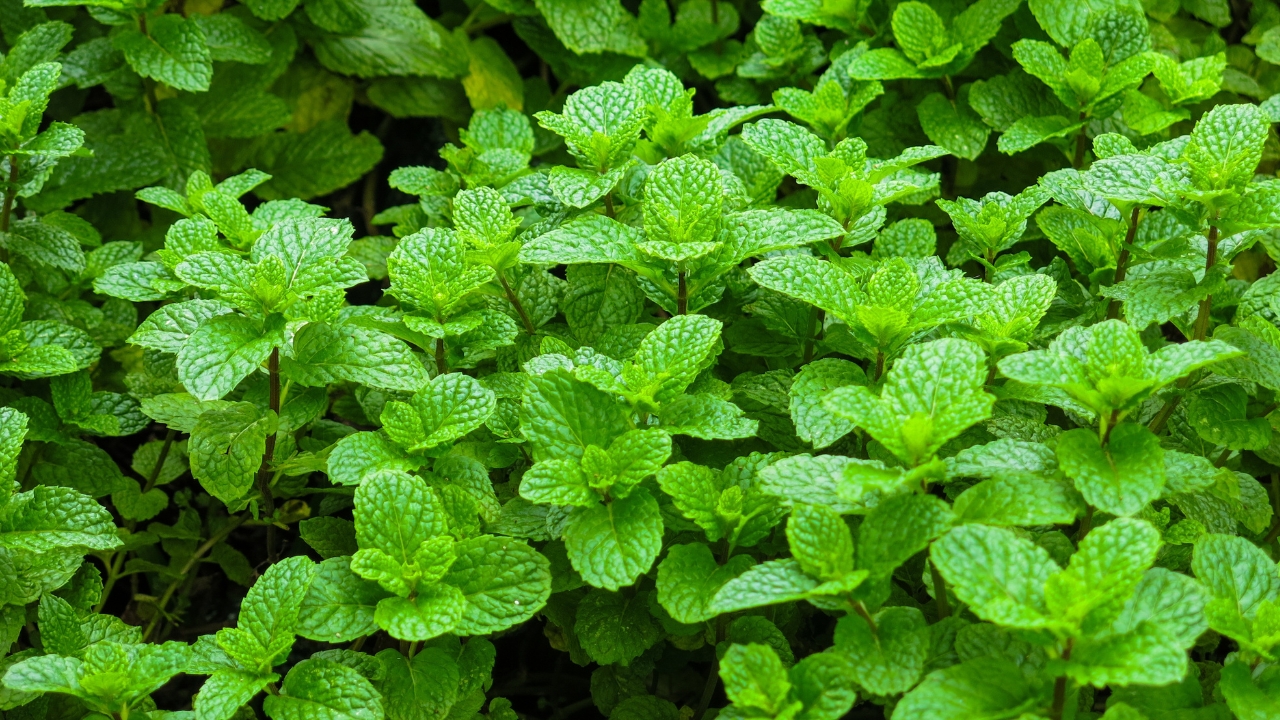
Mint smells great and is easy to grow—but that’s part of the issue. If you plant it directly into your yard or flower beds, it will spread like wildfire. It creeps underground and pops up everywhere, choking out other plants along the way. If you want to grow it, keep it in a pot where you can control it.
Purple Loosestrife
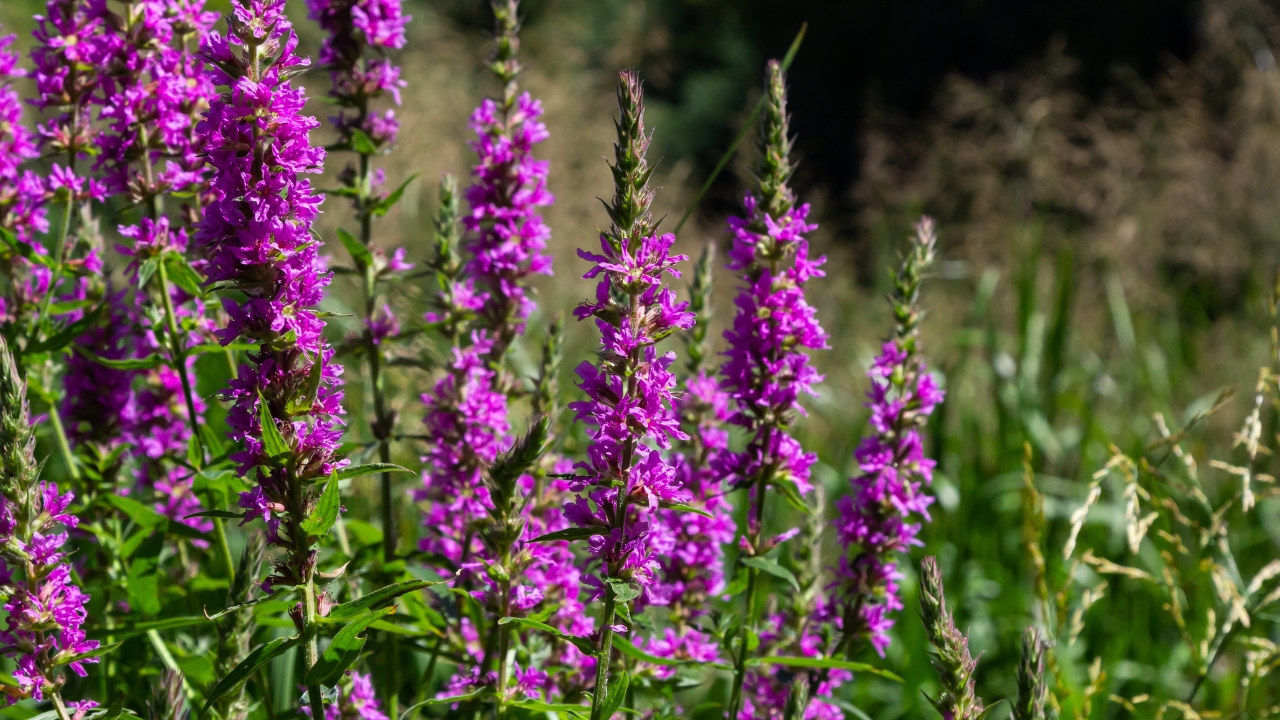
Purple loosestrife is pretty, sure—but it’s one of the worst invasives out there. It spreads aggressively and takes over wetlands, ditches, and even backyard gardens. It disrupts local ecosystems and pushes out native species. Even if you see it for sale, don’t add it to your yard. There are plenty of native alternatives with the same color punch.
Leyland Cypress
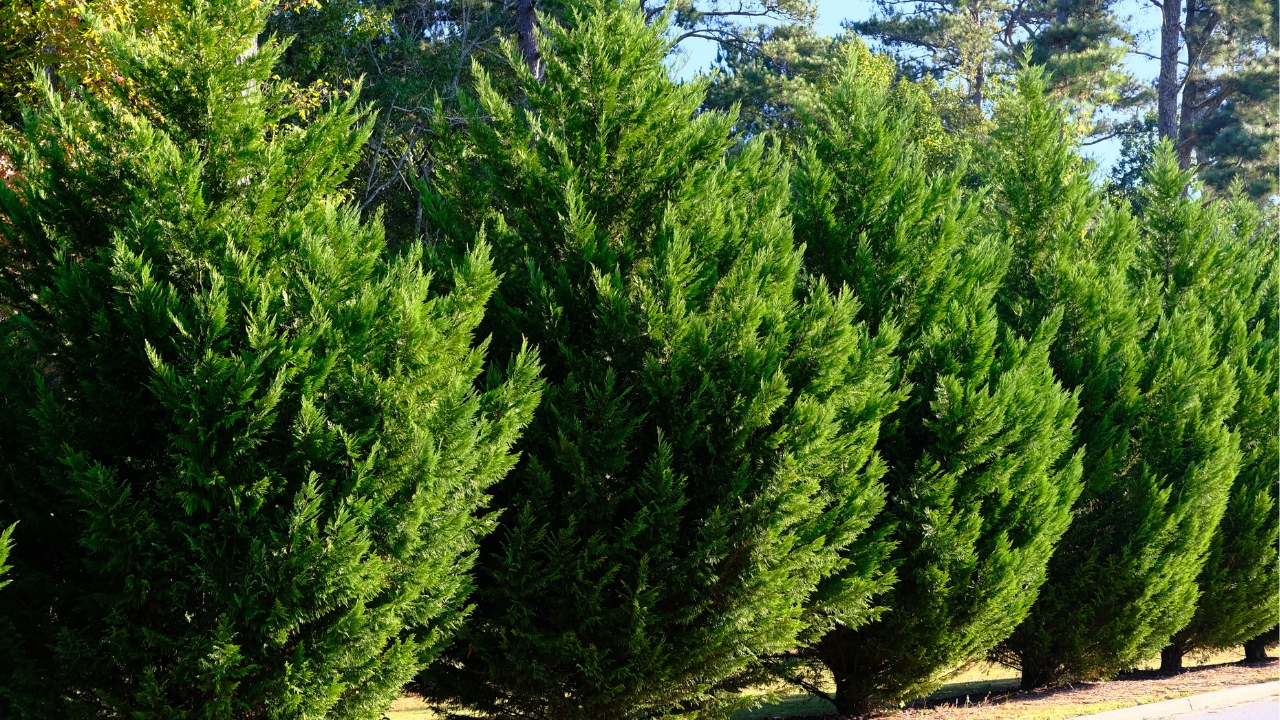
These fast-growing evergreens are often used for privacy screens, but they come with serious drawbacks. They’re prone to disease, break easily in wind, and grow too big for most residential spaces. They also crowd out everything around them. Once they start dying from the inside out, there’s no saving them—and removing them isn’t cheap.
Oleander

Oleander might look nice in hot climates, but it’s highly toxic—to kids, pets, and even adults. Every part of the plant is poisonous, and it doesn’t take much to cause a serious reaction. It’s also messy and can attract pests. With so many other flowering shrubs to choose from, this one isn’t worth the risk.
*This article was developed with AI-powered tools and has been carefully reviewed by our editors.







